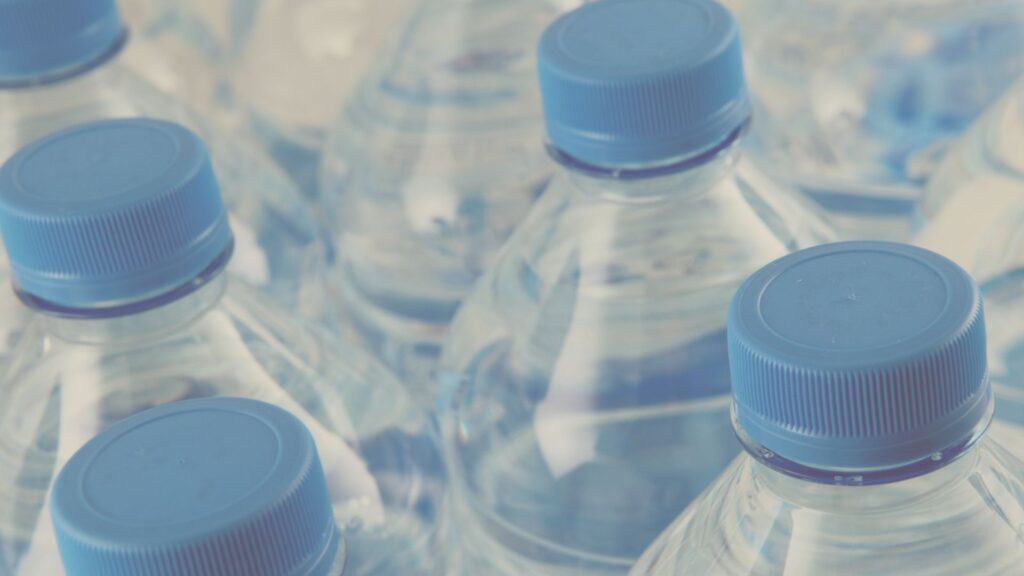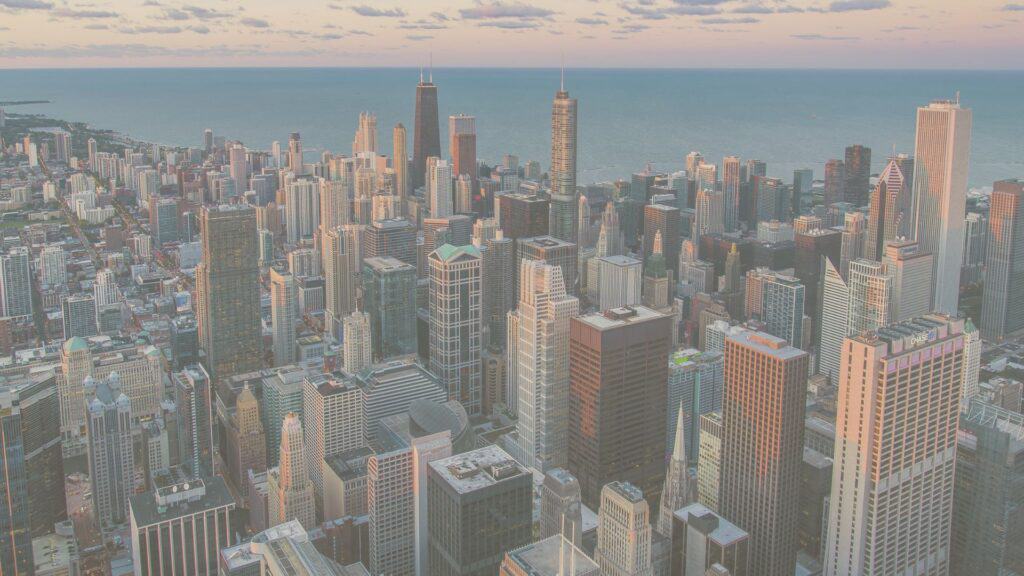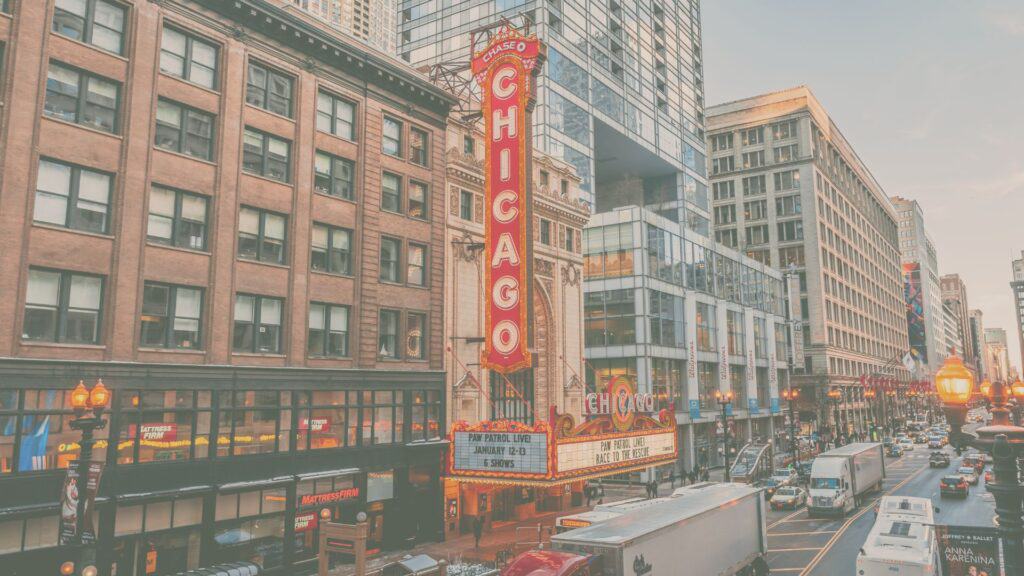The Chicago Marathon is just around the corner, and runners like you from all over are gearing up for the exciting 26.2-mile (42.2-km) challenge. Staying hydrated is key to performing at your best and feeling fantastic throughout the race.
Don’t worry about what you’ll find at the water stations along the Chicago Marathon route in 2024 – we’ve got you covered! There will be a variety of drinks available to keep you hydrated and energized.
During the race, you can expect water, sports drinks, and special Gatorade Endurance Energy Gel products at different points along the route. Some stations might even have fresh fruit to give you an extra boost.
Be sure not to miss the Biofreeze Pain Relief Zone around Mile 21.2 (34.1km – Cermak Road and Archer Avenue). The Biofreeze Cooling Crew will be there with Biofreeze spray to help cool any pain and get you across the finish line.
Let’s dive in and discover everything you need to know about what awaits you at the water stations during the Chicago Marathon:
- Water Stations Along The Chicago Marathon Route
- How to Hydrate for the Chicago Marathon
- How Often Should You Hydrate During a Marathon
- How Elite Runners Hydrate for Marathons
- The Perfect Hydration Plan for the Chicago Marathon
- Everything You Need To Know About Electrolytes & Salt Tablets
- Chicago Marathon Route Breakdown

Water Stations Along The Chicago Marathon Route
The course is thoughtfully equipped with 20 aid stations, strategically spaced around one to two miles (1.6-3.2 km) apart.
At these aid stations, you’ll find everything you need to keep yourself hydrated and fueled.
First and foremost, hydration:
You’ll have access to both water and Gatorade Endurance Formula in a refreshing lemon-lime flavour to replenish your electrolytes and keep you going strong.
If you need an extra boost, Gatorade Endurance Energy Gels in delicious flavours like Strawberry, Vanilla, and Mango will be available at Aid Station 10, between miles 13 – 14 (20.9-22.5km) and Station 14, right after mile 18 (approx 29km).
But that’s not all. There’s more!
Each station will have medical tents in case you need assistance and toilet facilities for your convenience. The public address announcer will keep you informed and motivated as you pass through.
For a tasty and natural source of energy, keep an eye out for Aid Stations 15-18, between miles 19 and 24 ( 30.6 -38.6 km), where you’ll find bananas waiting for you. These provide essential nutrients to keep you fueled and energized.
And don’t forget to make a stop at the Biofreeze Pain Relief Zone around Mile 21.2 (34.1 km)! The Biofreeze Cooling Crew will be ready with their magic spray to help you “Cool the Pain” and get you closer to the glory of the finish line.
Although the Chicago Marathon offers plenty of hydration and fuel choices on the course, it’s essential to create a strategy that suits your needs. To boost your performance, let’s check out the hydration approach recommended by experts for marathons.

How To Hydrate For The Chicago Marathon
Staying properly hydrated during the Chicago Marathon is super important for a bunch of great reasons!
And don’t forget about thermal regulation – staying hydrated is key to keeping cool, especially during a marathon.
As soon as you start running, your body starts losing fluids through sweat, and dehydration starts to kick in.
Research shows that about 75% of the energy you use while exercising generates heat, leading to fluid loss.
And how much water you need varies from person to person depending on how much you sweat, how hot and humid it is, and how hard you’re exercising.
Related: Running In Hot Weather: The ESSENTIAL Guide To Running In The Heat
So, to get yourself all set for the marathon, you need to start getting hydrated way before the race even begins.
Here’s what you should do when running in hot weather: Make sure you’re well-hydrated at least 48 hours before the race begins. As the start time approaches, around three to four hours beforehand, start gradually sipping on approximately 600 ml (about 20 fluid ounces) of water.
PRO tip: don’t go guzzling a whole litre of water right before you start running. Doing that might mess up your sodium balance, make you feel all bloated, and give you way too many bathroom breaks during the race.
By planning your hydration the right way, you’ll be setting yourself up for peak performance and super endurance on marathon day.
How Often Should You Hydrate During a Marathon
To keep yourself well-hydrated while running the Chicago Marathon, it’s advisable to aim for approximately 200 ml to 600 ml (about 7 to 20 fluid ounces) of water per hour. However, achieving 800 ml (about 27 fluid ounces) can be challenging, especially under extreme conditions.
Remember that factors such as your level of thirst, the intensity of your running, and the prevailing weather conditions can all impact your individual hydration requirements.
During your training, especially on those long runs, pay attention to how much water your body needs. Keep an eye on any weight changes before and after your run.
One of the key goals is to avoid losing more than 2 per cent of your body weight due to dehydration. This guideline ensures that you maintain proper hydration levels throughout the race, which is crucial for best performance.
Also, check the color of your urine; – light straw or very light yellow means you’re well-hydrated, but darker or orangey urine might mean you’re dehydrated.
If you find yourself a bit dehydrated, try drinking fluids with a good amount of sodium and waiting for about 20 to 30 minutes before hitting the road.
Now, here’s a neat tip for those who have the chance to do it – try pre-hydrating before your run.
This might not be feasible for everyone, particularly early morning runners, but if you’re able to, target consuming approximately 500 ml (about 17 fluid ounces) of fluids about an hour before you begin your run.
This little bit of fluid in your stomach helps your body distribute it better during the run, making sure it goes where it needs to be. It’s like giving your performance an extra boost and making your running experience way more comfortable.
If you’ve ever wondered how elite runners manage their hydration during marathons, you’re not the only one. Here’s what you need to know about their expert approach to staying fueled and hydrated on the big day.

How to Do Elite Runners Hydrate For Marathons
Research on participants in the London Marathon showed that even though organizers provided advice on avoiding hyponatremia (a condition where the blood’s sodium level becomes too low due to excessive water retention), 12% of runners still planned to consume fluids that put them at risk.
Surprisingly, 93% of participants said they read and understood the provided hydration information.
Hyponatremia is a condition where the blood’s sodium level becomes too low due to excessive water retention, causing symptoms like nausea, headaches, confusion, and fatigue.
To avoid hyponatremia, elite athletes follow a specific hydration strategy. They take sips of fluids every 5 kilometres (3 miles) and consume energy gels around the 10-15 kilometre (6-9 miles) and 25-30 kilometre (15-19 mile) marks.
However, this approach requires careful monitoring of fluid quantities to stay safe.
If you decide to take energy gels, it’s essential to consume them with water to aid digestion.
The Perfect Hydration Plan for the Chicago Marathon
Hydration Before The Marathon:
Hydrating properly before the marathon is key, but there’s a smart way to do it to avoid any risks.
To steer clear of hyponatremia, it’s best not to go overboard with water right before the race. Instead, try having an electrolyte drink the night before the big day.
This will help boost your blood plasma volume and get you all set for the race.
About 4 hours before your run, aim to drink around 2-3 ml (0.1 ounces) of fluids per pound (0.5 kilogram) of body weight. This will give you the hydration you need to perform at your best during the marathon.
Staying Hydrated During the Marathon:
Making your hydration plan fit you personally is super important because we all lose sodium in sweat differently.
Just drinking water for a long time can dilute your sodium levels, and that’s not good for your performance. You don’t want to end up with hyponatremia!
Now, even though there are water stations along the marathon course, you don’t have to stop at all of them.
Instead, think about how much fluid you usually take during your long training runs and aim to do the same during the marathon. Of course, adjust it a bit based on how thirsty you feel and what the weather’s like.
Stick to the drinking and fueling plan you worked out during your training. It’s the best way to stay on top of your hydration during the race and keep going strong.
Everything You Need To Know About Electrolytes & Salt Tablets
When it comes to marathon running, you might wonder if you need those fancy salt tablets.
Well, for most runners, they’re not necessary, unless you’re tackling some seriously gruelling endurance events in hot and humid conditions.
To maintain your electrolyte balance during regular marathon training and racing, opt for sports drinks that contain a small amount of salt. These beverages typically contain around 23 to 69 milligrams of sodium per deciliter, which is equivalent to approximately 0.36 to 1.08 grams of sodium per 3.38 fluid ounces.
This range is well-suited to replenish your electrolytes without excessive intake.
And if you want to take it a step further, you can munch on some salty snacks like biscuits, nuts, or pretzels to give your electrolytes an extra boost.
But, there are some cases where you might want to pay closer attention to your electrolyte intake.
If you’re on a Keto diet, taking diuretic medication for blood pressure, or dealing with a pesky stomach bug, your body might lose more electrolytes than usual.
Symptoms Of Low Electrolyte Levels
Symptoms of low electrolyte levels may include:
- nausea,
- excessive tiredness,
- weakened muscles, and
- spasms.
If you notice any of these signs, consider getting some electrolytes into your system. You can try adding a bit of salt to your water or munching on foods packed with electrolytes, like bananas, greens, nuts, and seeds.



Comments are closed.